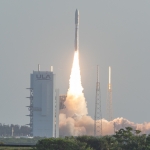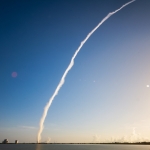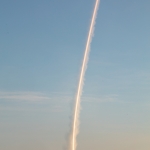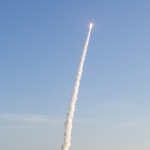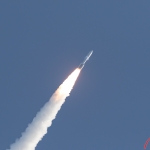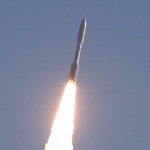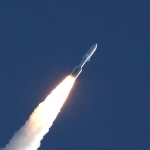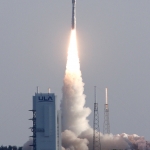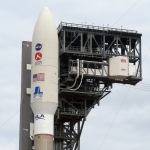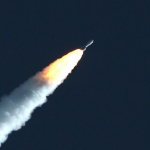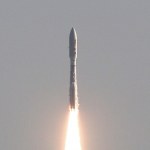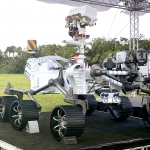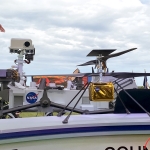Planning, testing, and Perseverance pays off -- Newest rover lands safely on Mars
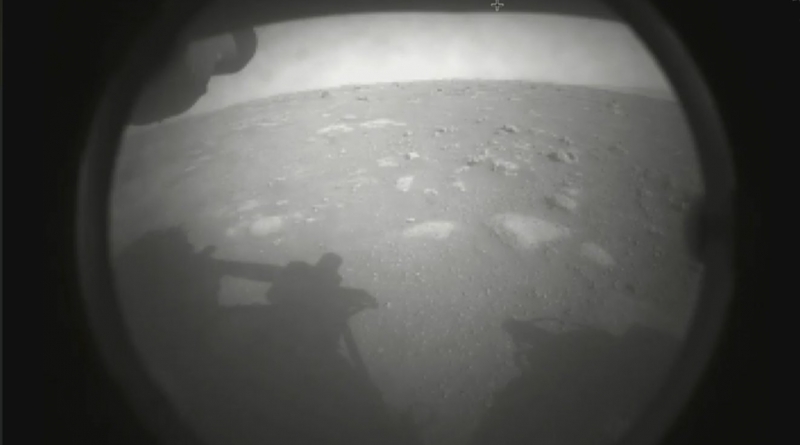
Kennedy Space Center, FL. On July 30, 2020 mankind set out again to cross the vastness of space to return to the red planet. That morning, a United Launch Alliance (ULA) Atlas V roared to life to send the NASA Perseverance rover and the Ingenuity helicopter drone to the surface of Mars.
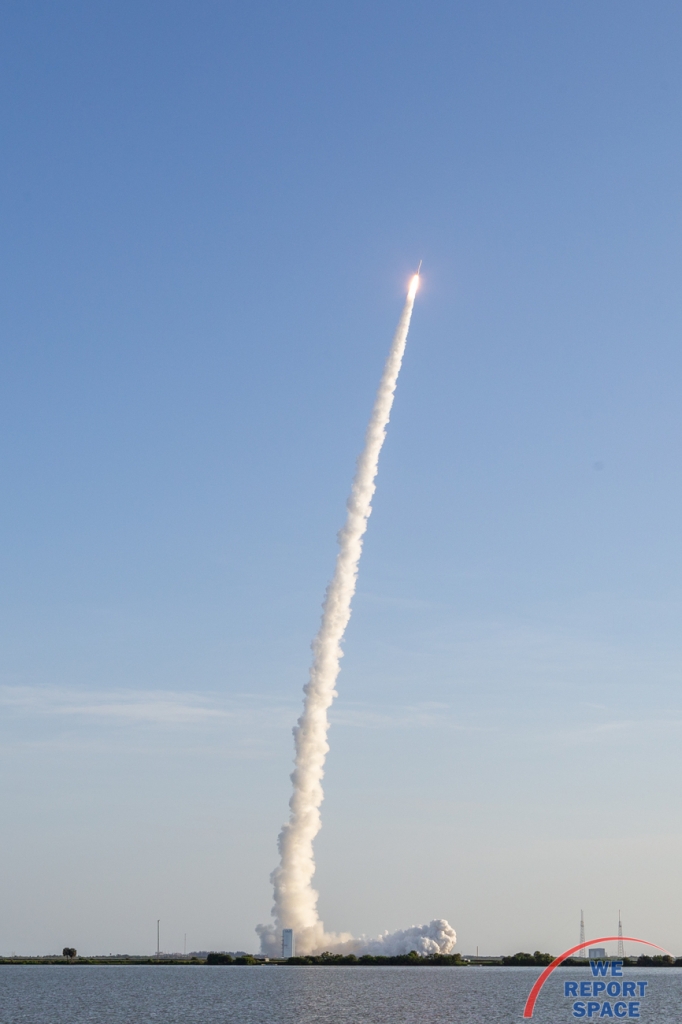
The launch happened successfully at the top of the 7:50 AM (EDT) window that morning and then-NASA Administrator Jim Bridenstine remarked, “The spacecraft is on a nominal trajectory to land on Mars on February 18, 2021.”
Matt Wallace, Deputy Project Manager at NASA's Jet Propulsion Laboratory: "ULA gave us a perfect launch this morning. Right down the middle. They could not have aimed us any better toward Mars. It was critically important for us to hit this window.
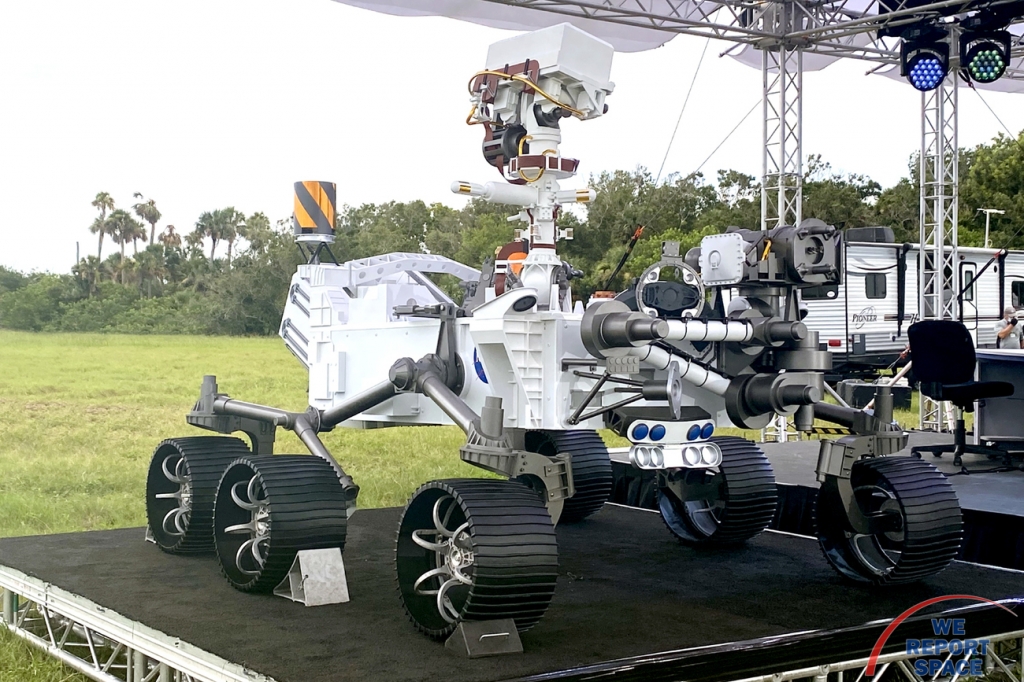
Fast forward to February 18, 2021, Perseverance arrived at Mars after a seven month nearly 125 million mile journey speeding into the Martian atmosphere at over 12,000 miles an hour before deploying a specially designed parachute to slow the craft down, deploy the rover for landing on the surface near the Jezero Crater at 3:55 EST.
"Entry Descent and Landing is often referred to as the Seven Minutes of Terror, because it takes about seven minutes to get from the top of the atmosphere of Mars to the ground safely." - Swati Mohan, Mars 2020 Guidance, Navigation and Control Operations Lead.
Assisting the Perseverance rover once on Mars will be the orbiting satellites Mars Reconnaissance Orbiter (MRO) and Mars Atmospheric and Volatile EvolutioN (MAVEN). MAVEN arrived at Mars in 2014 and the Mars Reconnaissance Orbiter arrived in 2005. Because of the distance of Mars to Earth, it will take about 11 minutes for that first signal to be heard from the rover.
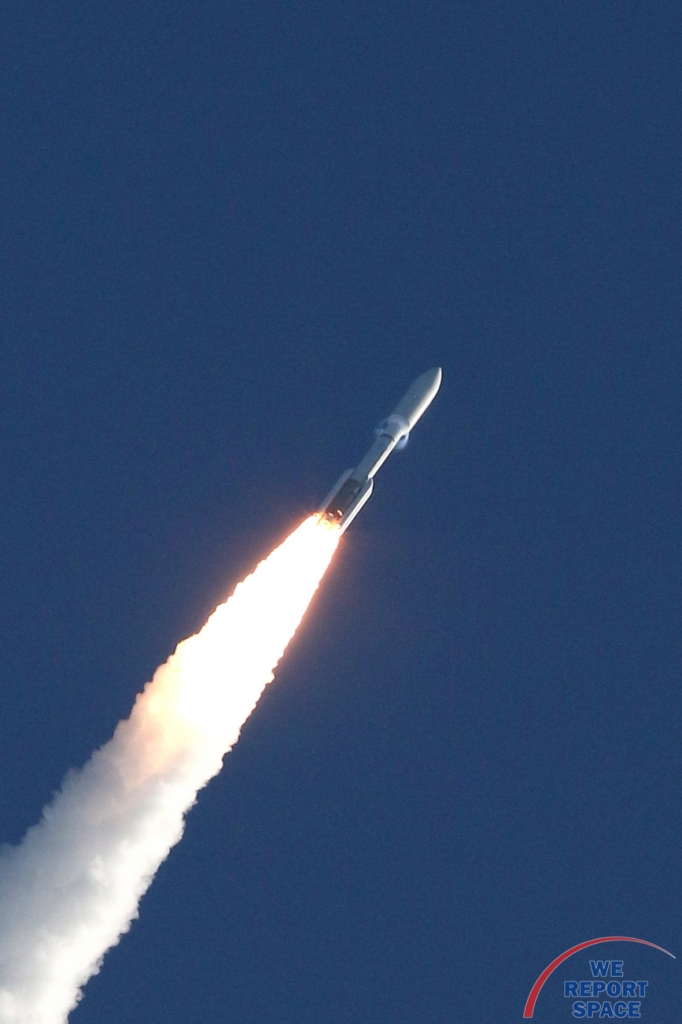
Success!
Perseverance and Ingenuity after a nearly 7 month journey made a successful landing on the surface of Mars at about 3:55 PM EST. Telemetry indicated the rover is safe and is already sending imagery from the landing zone. Now the science begins.
The first successful probe to visit Mars was Mariner 4 which flew by Mars in 1965 and in 1971; Mariner 9 was the first satellite to orbit Mars. The first successful landing on Mars was NASA’s Viking 1 in 1975.
For millennia, Mars has been the wonderment of the human race. Music, books, and movies have been written about our red neighbor in the night sky. Today, Perseverance and Ingenuity begin the exploration which is still out of the reach of mankind walking on the surface of Mars.
Photos

Stunning, full color photo book covering every east coast launch spanning 2014-2015, including the first-ever powered landing of a SpaceX Falcon 9 rocket.
More Info